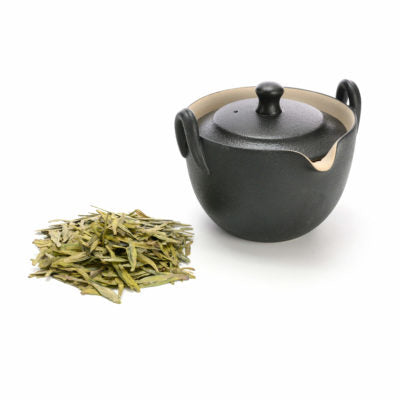Green Tea: History, Properties, Contraindications
We all love green tea, an Oriental infusion with a millenary history. What is often less known is how many benefits it brings to our health and beauty. Let’s explore the history, origin, and properties of this non-fermented tea variant.
History of Green Tea
The cultivation of green tea originated in China in very ancient times, around 2700 BC. Soon the beverage spread throughout Asia and became deeply linked to the evocative tea ceremony. In the 17th century, thanks to Dutch trade, this infusion began to be served in European salons. However, it was only in the 20th century, with the English edition of Okakura Kakuzō’s book, that the West fully understood the cultural value and nobility of green tea.
Source of Green Tea
Green tea is derived from the Camellia sinensis plant through a heat-stabilization process. Unlike black tea, the leaves are not fermented, which gives the beverage its typical green colour and distinctive properties.
Properties of Green Tea
Green tea offers numerous health benefits. The high presence of epigallocatechin gallate makes it a powerful natural antioxidant, able to limit tissue aging and prevent harmful cell formation. Scientific research has shown that green tea protects the cardiovascular, neurological, and respiratory systems. Additionally, it stimulates diuresis and accelerates metabolism. Green tea is also a great ally for weight loss and cellulite control. For more details, you can read our dedicated article on green tea properties.
Contraindications of Green Tea
Green tea contraindications generally relate to excessive consumption rather than the beverage itself, primarily due to caffeine content. Avoid overconsumption to prevent anxiety and agitation.
Can Green Tea Be Consumed During Pregnancy?
During pregnancy, green tea can be consumed but in moderation. High doses may reduce folic acid absorption, which is important for mother and child health.
Varieties of Green Tea
Green tea is a broad family of teas. On our e-commerce, you can find the best varieties and enjoy their diversity. Some types include:
-
Longjing Green Tea
Originating from the mountainous Zhejiang region, known for a unique microclimate granting the tea exceptional benefits. The leaves are elongated and the infusion bright yellow, with a harmonious, herbaceous aroma and a slightly toasted finish. -
Taiping Houkui Green Tea
This Chinese green tea comes from a particular Camellia variety. Leaves are dried in bamboo pans at various temperatures. The plant features shiny leaves and the infusion tastes soft and fresh with a vegetal sweetness, considered one of China’s best green teas. -
Anji Bai Cha Green Tea
Characterized by a fresh, thirst-quenching aroma with berry notes. Due to its delicacy, it is recommended to prepare the infusion at low temperature. This variety is special, being of spontaneous origin with growth limited to the production area. -
Bi Luo Chun Green Tea
Sweet and fruity in taste, known for its high quality, harvested once a year while still wrapped in characteristic white down. The infusion is straw-yellow and enchanting in taste. -
Jasmine Green Tea
One of the most beloved green tea varieties, originating from the Fujian region. Made by blending tea leaves with fresh jasmine flowers, it has a persistent flavour combining sweet notes with a fuller, lively aftertaste.

